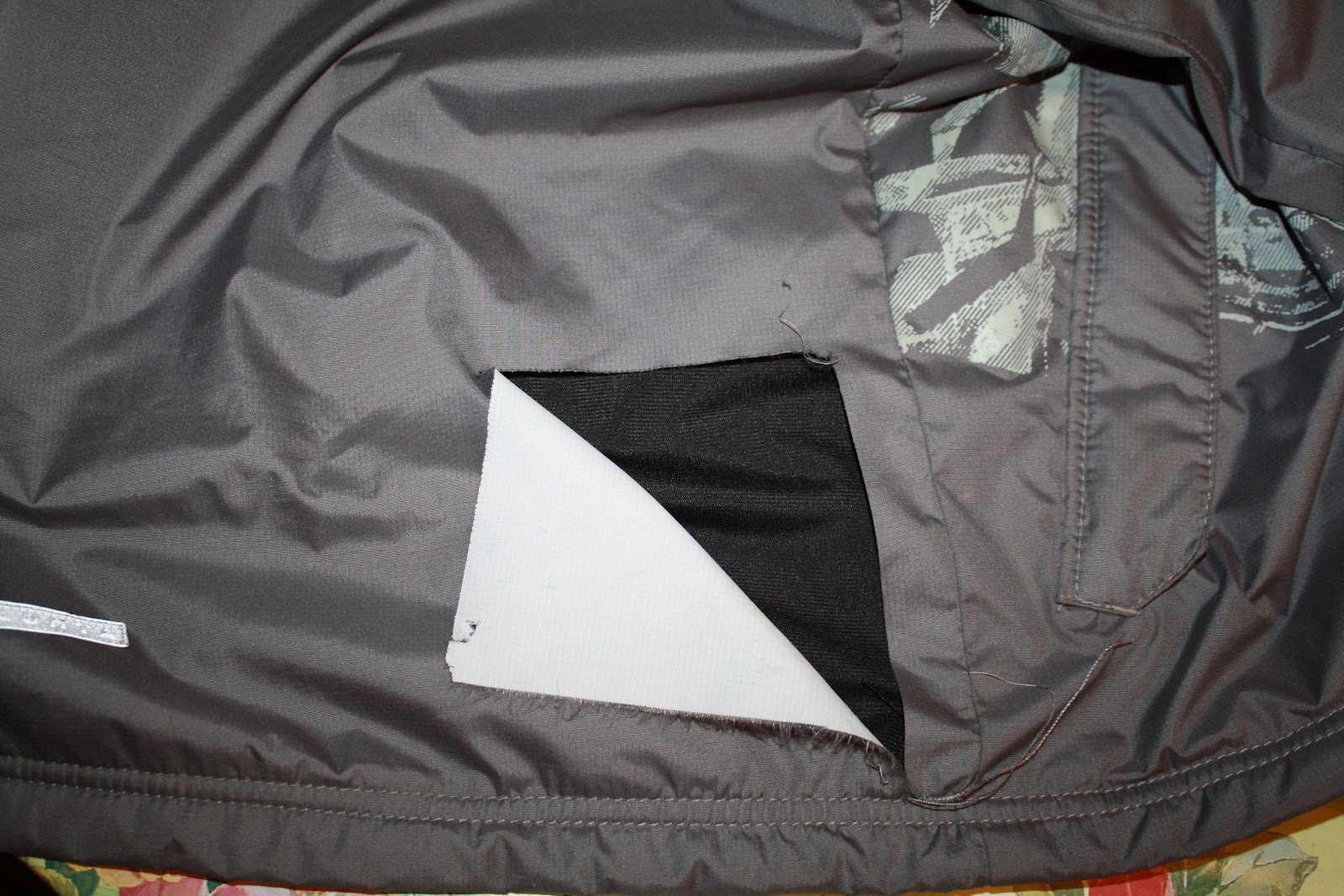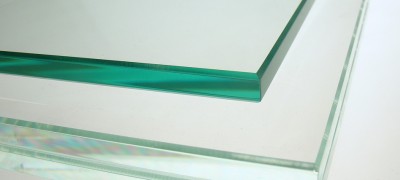How to repair a cut on a jacket
Even if you treat things very carefully, holes may appear on the surface of the clothes. Unaesthetic cuts and burned areas spoil down jackets, bolognese jackets and demi-season wardrobe items from raincoat fabric, but it is not always clear what to do with these damages.

Let's figure out how to patch up a hole in a down jacket and other clothing.
How to neatly sew a hole
The easiest way is to repair the holes on your own if the material is torn along the seam.

In this case, the algorithm of actions will be the simplest:
- Find the right thread and needles. Thread - by color and thickness. Needle size.
- Turn the garment inside out to gain access to the damaged area.
- If we are not talking about single-layer demi-season clothing, then, most likely, you will have to unpick the lining from the inside of the product.
- Carefully mend the hole from the inside.
- Sew up lining.

Note! If you close the gap with a machine, you must first set up the "step". In any case, the new seam should go over the edges of the damage by at least a couple of centimeters on both sides.
How to make a patch on the sleeve
An uneven cut off the seam or a burned area on the sleeve can be carefully masked with a patch. To make everything beautiful, you need to consider the material.

How to fix a polyester jacket if it is torn? Bologna is popular, but not particularly durable. If you are tempted to use a thread, needle, or sewing machine, we recommend that you do not.

Without special skills, you are unlikely to be able to repair polyester clothes at home. It's easier to seal the damage with a pretty patch.

The procedure is as follows:
- Pick up glue. Any rubber-based compound will do. You can use "KP-1", "Moment" or "Supermoment".
- Before starting work, we take into account all the recommendations of the clothing manufacturer (carefully study the labels) and glue (read the instructions).
- We check the effect of the glue on the invisible part of the jacket.
- We are preparing a patch that is suitable in size and shape. It is best to use a piece of bologna or other material with a rubberized base (so that the water resistance is not lower than that of the clothing fabric).
- Degrease the surface - wipe the area to be treated with a cotton pad moistened with acetone or alcohol.
- We put glue on the patch, glue it.
- We press with a load, wait for the time set according to the instructions.
- We admire the result of our labor.

There are several variations of the above method:
- The patch is attached to the seamy side. You may need to unpick and then sew on the inner layers of the lining.
- If the procedure described in the previous paragraph does not bring the desired result (the sleeve does not look aesthetically pleasing from the outside), mask the sleeve from the outside with a pretty applique.
- First, pick up a beautiful patch, repair a wardrobe item from the outside.
- Use two patches. One outer hole, the size of the hole. The other is internal, slightly larger.

A "lacerated wound" on the sleeve of a down jacket is usually "treated" from the wrong side. Algorithm:
- We buy non-woven adhesive tape, prepare a patch, preferably from the same or similar material as the down jacket.
- Slightly rip apart the lining to get to the break.
- We fasten the patch with a tape, gently iron it through the gauze with an iron.
- Sewing up the lining.

Accessories for decorating a jacket
For decoration (and masking), you can use the following accessories:
- Shop logos and glue-based patches (consult sellers if the material is suitable). Consider the placement. For example, a similar decor will look more appropriate on the pockets or near them, on the sleeve or on the back at the level of the shoulder blades.
- Decorative ribbons (the recommendations are the same).
- Metal or plastic accessories: buttons, rivets, eyelets, buttons, zippers and so on.
- Thermal stickers.
- In specialized stores, you can also find specialized repair kits for certain types of outerwear.
How to hide a hole under a zipper
Before you rush to sew a burnt or cut jacket with torn edges, think carefully about whether it is worth doing. No matter how carefully you work with the needle, with a high degree of probability the place of the "hole" cannot be hidden unnoticed.

A good option is to close the hole with a zipper. Suitable for long and narrow damage. In many situations, this idea is optimal. For symmetry, you can also sew a second zipper on the other, undamaged side of the wardrobe item.

Make a blind seam
How to sew a hole with an invisible seam on a torn jacket? There are several answers to this question.

A blind stitch, also known as an "invisible stitch", is made in dozens of different ways. Let's consider one of them.
- We make a knot on the thread. Sew on the wrong side and so that the knot is masked by a fold.
- The stitches are strictly parallel, with the same pitch. When pulling out the needle, do not tighten the stitch too much. All efforts must be uniform and equal.

Use a sewing machine for a neat stitch. - We sew to the end.
- "Final chord". On the final stitch, the needle is threaded through the loop and tightened (no fanaticism!). The procedure can be repeated several times, so it will be more reliable. Cut the thread carefully near the knot. Everything, from the outside, the thread is not visible.

Using iron-on transfers
It is not difficult to seal the hole with a thermal adhesive. The main thing is not to overdo it and take into account a couple of points:
- Many synthetic materials do not tolerate high temperatures. It is easy to spoil them with a hot iron. Be careful! Read the instructions for the product. In most cases, you will have to glue through fabric or gauze, folded in several layers. Use a medium heating temperature, the iron should not be too hot!
- If the item will be washed frequently, in most cases it makes sense to additionally carefully sew on the already glued thermal sticker.
- All procedures are recommended to be performed on a flat and hard surface.
Application of polyethylene
In the last method of the section "How to make a patch on the sleeve", the non-woven fabric can be replaced with polyethylene. It is also suitable for other elements of the jacket. Narrow strips of polyethylene are laid along the perimeter of the damage to fit the size of the patch.

Or a solid piece of polymer is used. But in any case, it should not go beyond the boundaries of the patch. The procedure is simple.We apply polyethylene, a patch on top of it, iron it with a hot iron through the fabric.

The temperature must be high enough for the polymer to melt and bond the edges of the hole with the patch. After working with the iron, press down the repaired area with a load and wait a little.

So we found out that most of the holes can be repaired at home. Without wasting time and money on the services of workshops and ateliers.
Video: jacket repair. A cut.













